G.Skill Announces Ripjaws S5 Series Low-Profile DDR5
Low-profile, clean aesthetic DDR5 for space saving builds
G.Skill today announced the The Ripjaws S5 Series Low-Profile Performance series, extending its DDR5 portfolio with a new low profile DRAM kit. The Ripjaws S5 is only 33 mm tall, and designed for small form factor builds where space is at a premium, such as Mini-ITX systems. These new DRAM modules join the more performance-focused Trident Z 5, which scales up to DDR5-6400.
At this time G.Skill is only launching one capacity for the Ripjaws S5: a dual-channel, 2x 16 GB kit (32 GB total). Frequencies start at DDR5-4800, scaling through to DDR5-6000. Interestingly, G.Skill lists the exact same CL timings for each of the speeds; it's more usual to see manufacturers list higher CL timings as frequency increases.
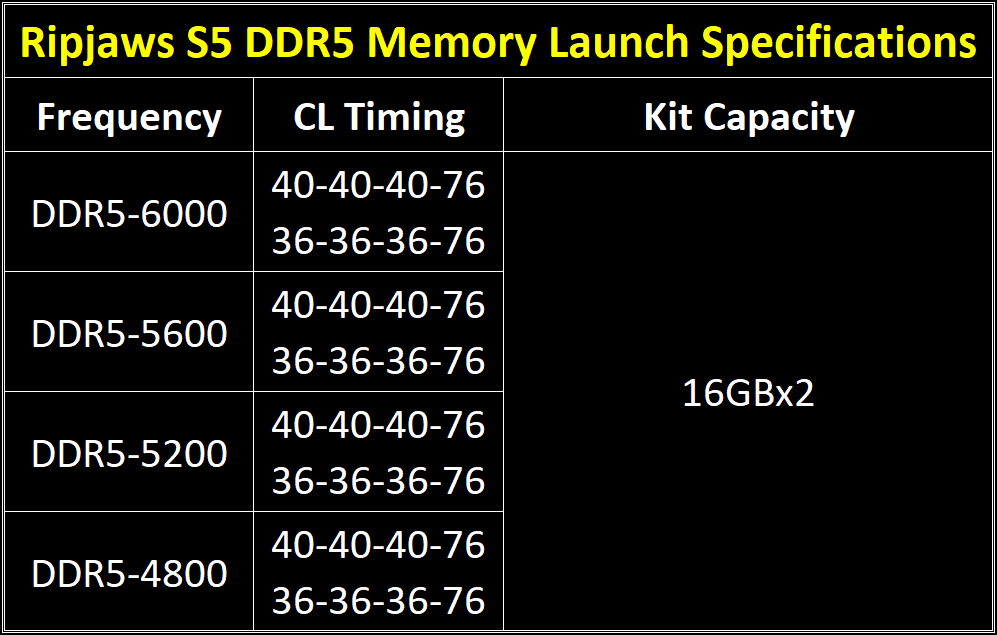
The modules don't feature any sort of RGB lighting, which makes sense - an RGB subsystem would take up valuable space and likely throw these modules out of Mini-ITX territory. Aesthetics are completely dependent on your color choice, with the kits available in either matte white or matte black. G.Skill styled these kits around racing cars, which is why you see decorative stripes and grills in the design.
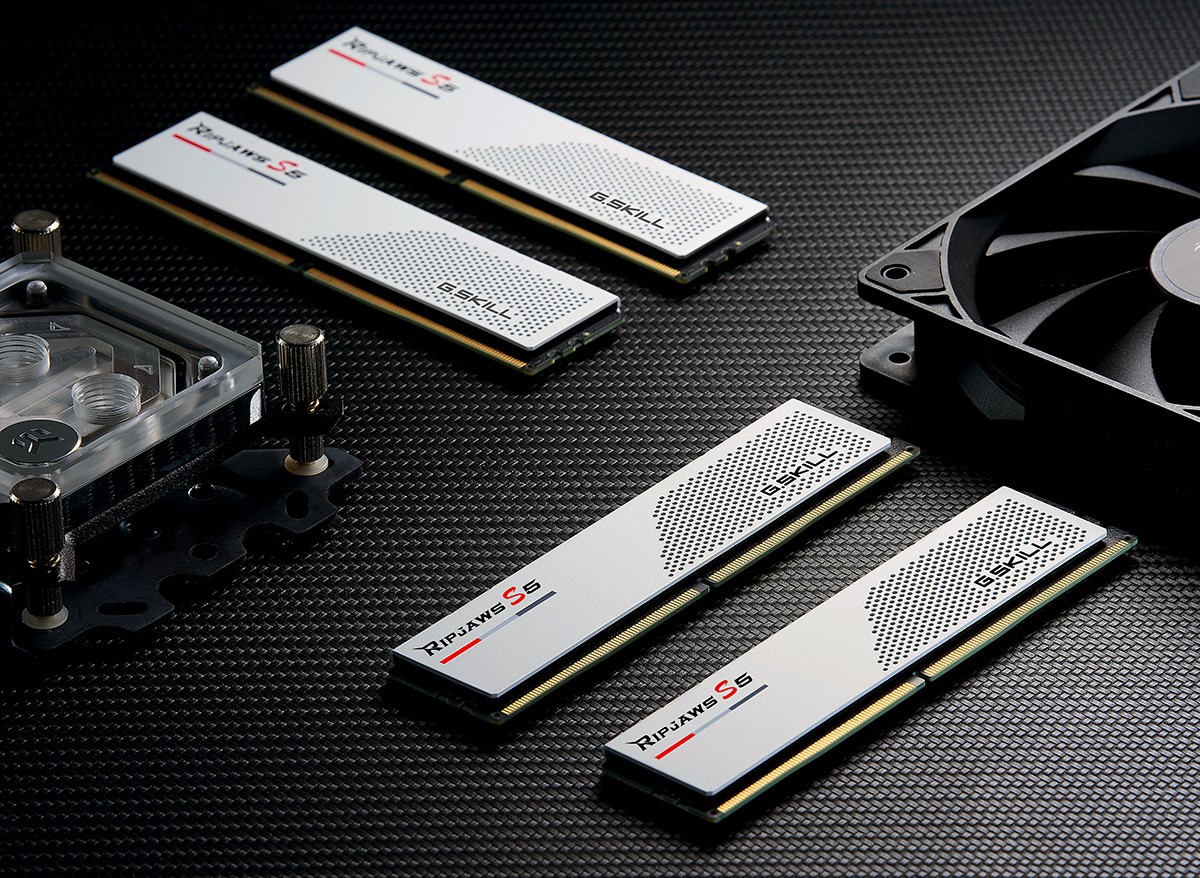
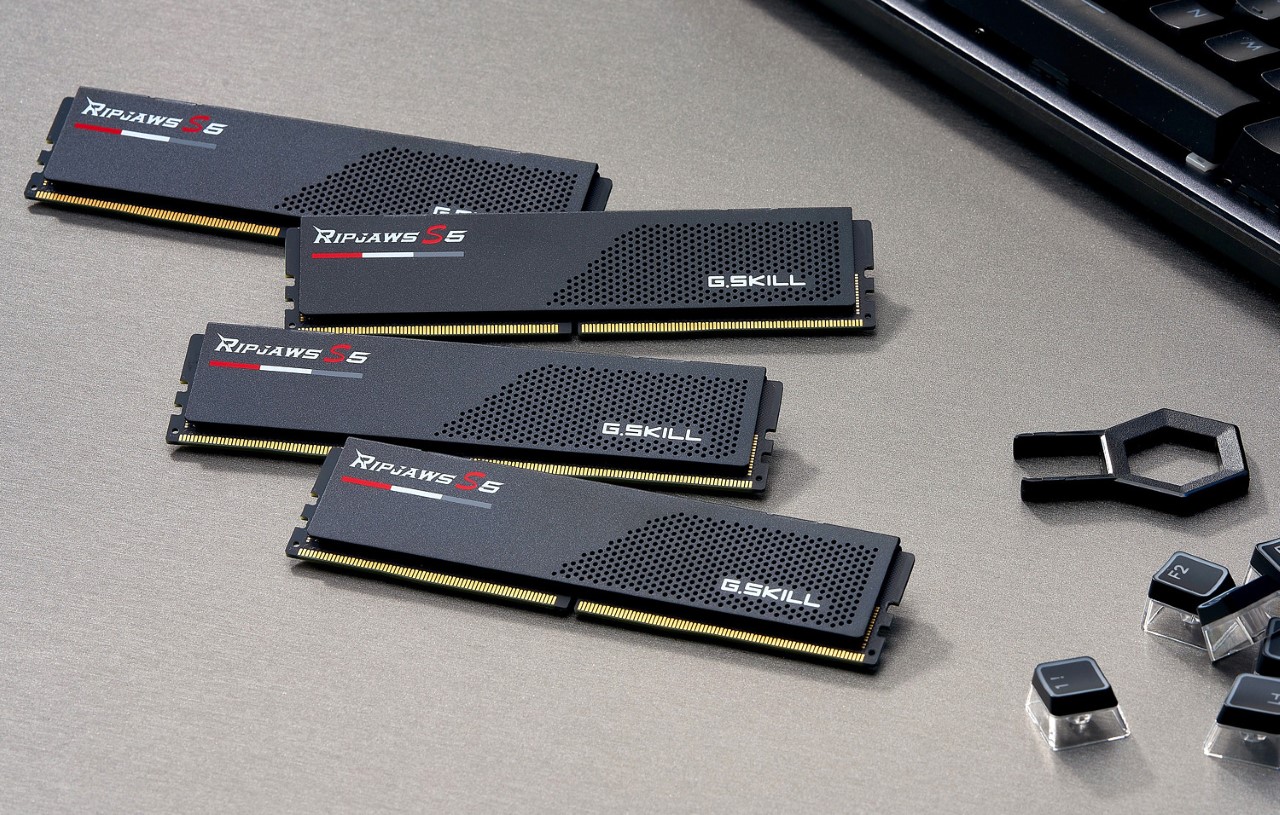

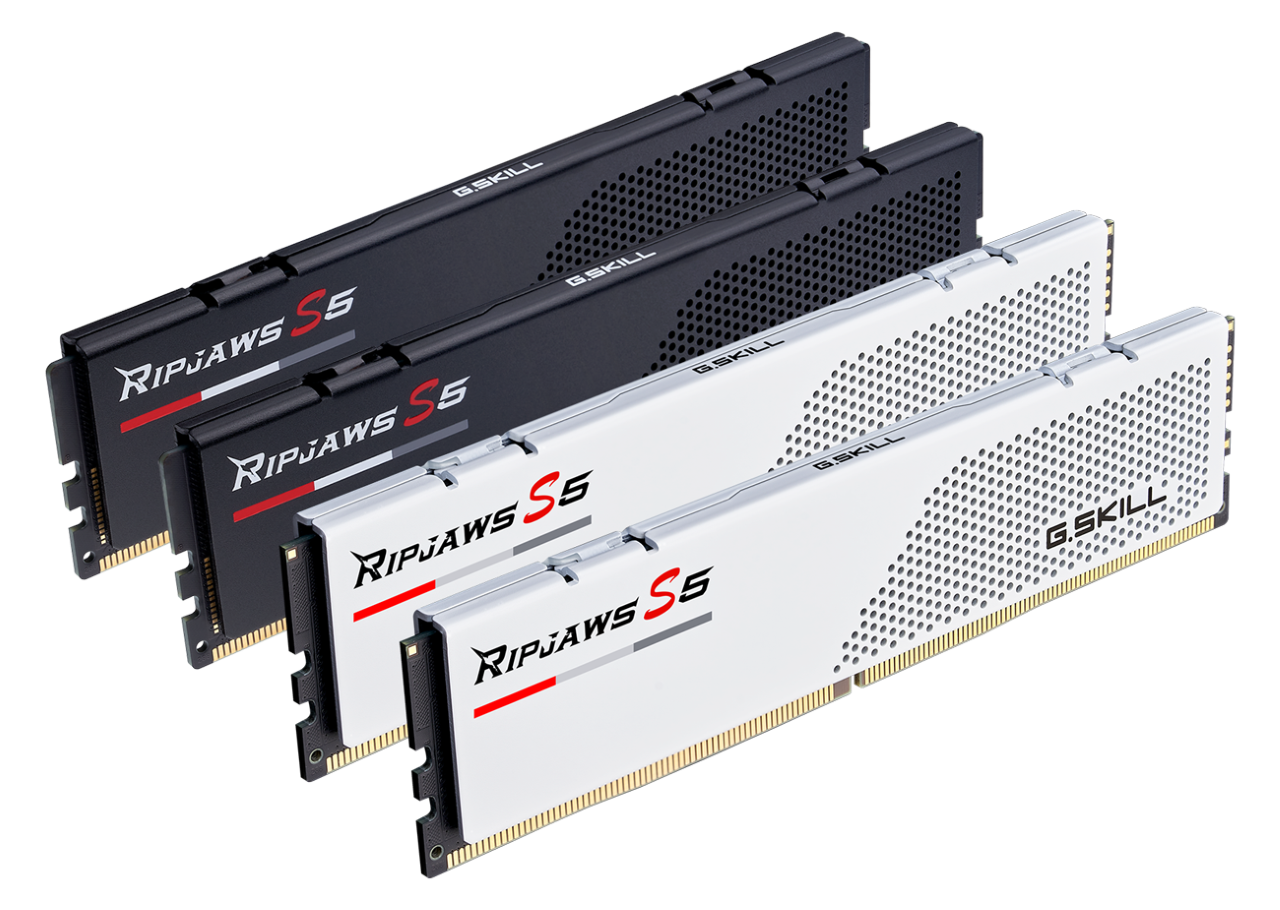
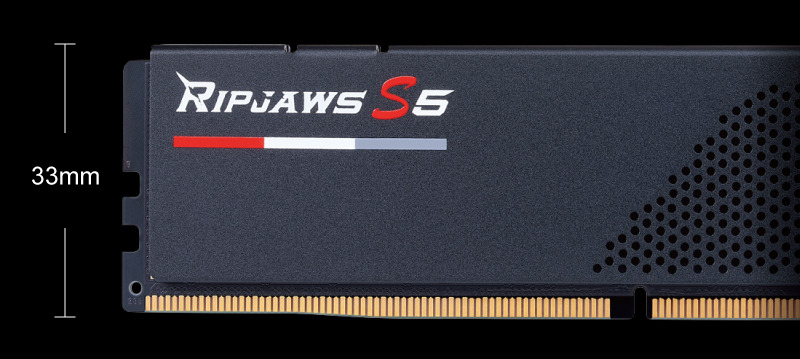
The company didn't reveal pricing for the Ripjaws S5 Series Low-Profile kits, but did announce that these new DDR5 kits will be available from distributing partners worldwide from November. Unlike other vendors, who have reduced their warranties in DDR5 products, G.Skill on its website says it remains committed to providing limited lifetime warranties to all DRAM memory modules.
Get Tom's Hardware's best news and in-depth reviews, straight to your inbox.

Francisco Pires is a freelance news writer for Tom's Hardware with a soft side for quantum computing.
-
aetolouee No RGB, No horns or flames. Looks pretty good. a rare sight in the current ram market.Reply -
I think RGB LEDs are very useful to keep an eye on hardware temperature, especially long after you've tweaked your OC or cooling and don't use your monitoring software as much.Reply
Mine are set to go blue > green > red as their temperature increases.
That way, when my PC goes yellowish-orange while I'm just browsing the web, I know there's some rogue process running amok (or there might be something wrong with my cooling).
It's also much easier to see that the RAM module closest to the intake fan is slightly cooler (more blue), than trying to remember that RAM #1 is between RAM #4 and RAM #3... -
BX4096 ReplyNolonar said:I think RGB LEDs are very useful to keep an eye on hardware temperature...
Or you can put the extra savings into another high quality fan or two. I don't mean criticize your personal preferences, but f you need LED lights on RAM to constantly tell you whether your PC is overheating, you definitely have a bigger problem on your hands. -
Reply
If I needed something to constantly tell me whether my PC is overheating, I'd be running monitoring software on my secondary monitor at all times. It's precisely because I don't need it, that those LEDs are useful. It's not like I can tell the precise temperature from those colors anyway. But when my GPU's normally orange (warm-hot) during gameplay, and suddenly a game's performing badly with my GPU being blue (cold), I immediately know there's something wrong, and don't need to open the Task Manager to see that it's because my GPU is at 0% load. Do I absolutely need this? No, but it's convenient and nice to have.BX4096 said:Or you can put the extra savings into another high quality fan or two. I don't mean criticize your personal preferences, but f you need LED lights on RAM to constantly tell you whether your PC is overheating, you definitely have a bigger problem on your hands.
All I'm saying is that these LEDs can be useful as a tool. Most LED haters only argue with "it's useless". I simply provided an example of a practical use for them. Whether you think it's worth it, that's your decision. You don't want LEDs? That's your prerogative, and here's a DDR5 RAM kit just for people like you. But you can't claim "a PC is useless" just because you don't know how to use it, and the same applies to RGB LEDs.